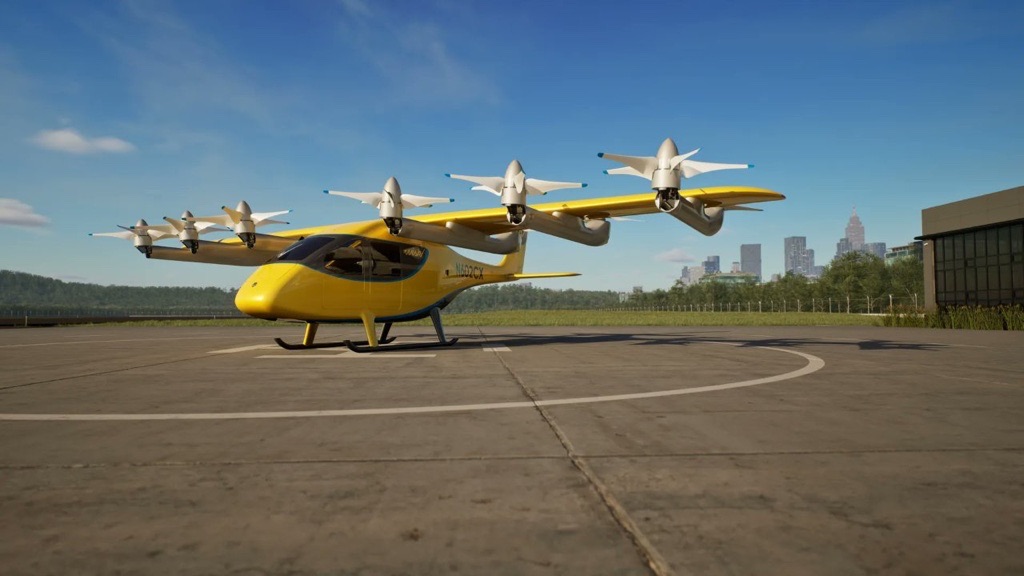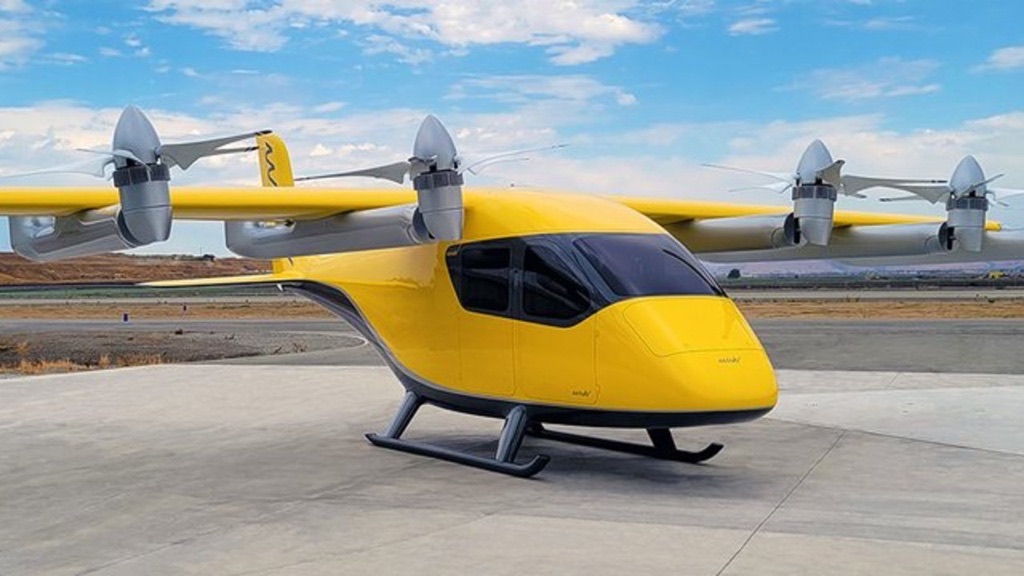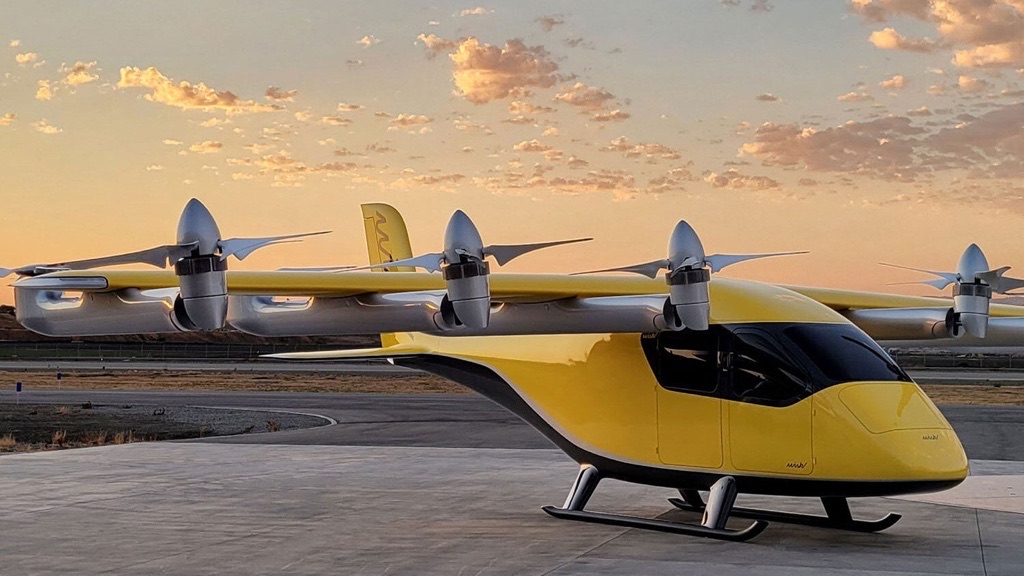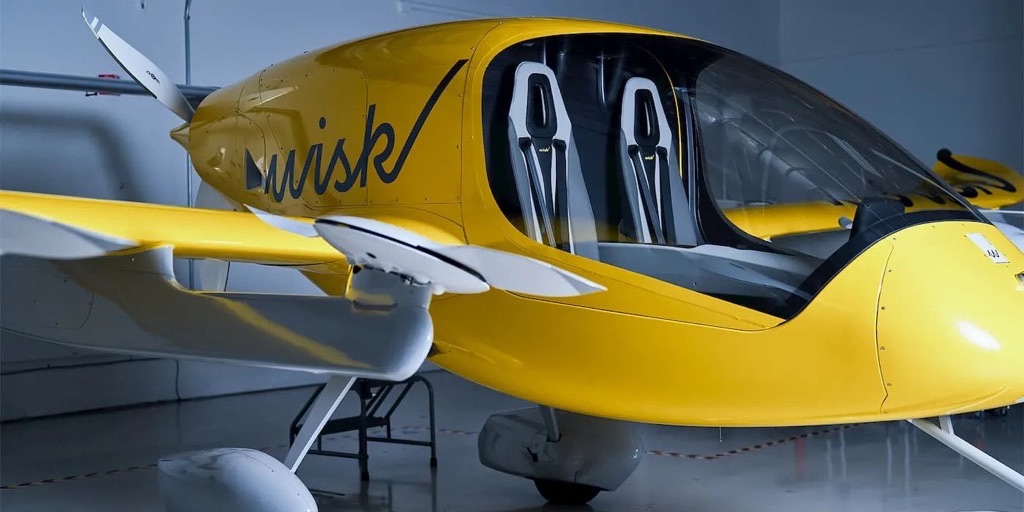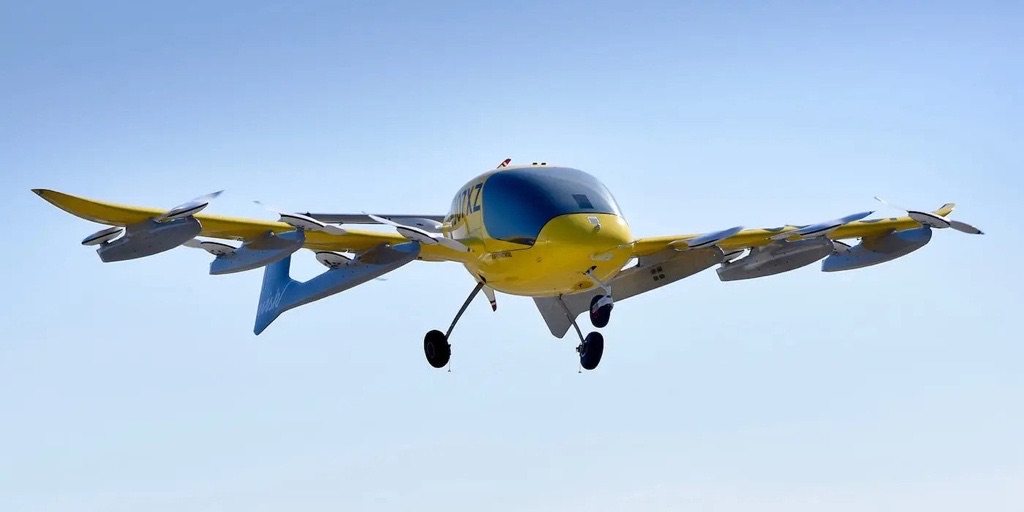Flying taxis are no longer a sci-fi fantasy — they’re becoming a real part of our transportation future. At the Paris Air Show, the spotlight wasn’t on flashy jets or futuristic drones, but on something far more revolutionary: self-driving electric air taxis.
Meet Wisk Aero, a fully-owned Boeing subsidiary and one of the most advanced players in the eVTOL (electric Vertical Take-Off and Landing) industry. Their dream? To make autonomous air travel as routine as hailing an Uber — just with a better view and no small talk.
The Rise of Wisk Aero: Boeing’s Bet on Autonomous Air Mobility
Wisk Aero isn’t some startup experimenting in a garage. Based in California, this company has spent over seven years developing its flagship electric aircraft — Cora, an all-electric, self-flying vehicle designed for short urban trips.
Recently, Wisk strengthened its partnership with NASA, extending research for another five years to make autonomous flying taxis a regulated reality by the end of the decade. That means by 2030, the skies above major cities could be buzzing with silent, zero-emission, pilotless taxis.
Miami and Japan: Two Testbeds for Flying Taxi Dreams
At the Paris Air Show 2025, Wisk didn’t just show off a sleek aircraft — they announced two major global partnerships that could shape the future of Advanced Air Mobility (AAM).
🛩 Miami’s Skyward Vision
In Miami, Florida, Wisk signed Memoranda of Understanding (MoUs) with:
-
Miami-Dade Aviation Department (MDAD) — to identify and build vertiports at major airports like MIA, KTMB, and OPF.
-
University of Miami’s Engineering Autonomy Mobility Initiative (MEAMI) — to collaborate on regulatory frameworks, R&D, and autonomous flight operations.
The goal: prepare Miami for electric air mobility, one vertiport at a time. The target fare? $3 per passenger per mile — affordable enough to turn “air commuting” into an everyday reality.
🇯🇵 Japan’s Smart Skies: Kaga City’s Bold Step
Across the Pacific, Wisk signed another groundbreaking MoU with Kaga City (Ishikawa Prefecture) and JAL Engineering Co., Ltd. (a Japan Airlines subsidiary).
Kaga City, designated as a National Strategic Special Zone, is now a government-backed testbed for autonomous air mobility.
Mayor Riku Miyamoto expressed excitement about transforming the small city into a hub for innovation, free from big-city regulatory slowdowns.
Together, Wisk, JAL, and the local government will study local market demand, supply chain possibilities, and the regulatory path to bring flying taxis to Japan.
Meet Cora Gen 6 — The Self-Flying Electric Aircraft
Wisk’s latest model, Cora Gen 6, is designed for practicality and safety:
| Feature | Specification |
|---|---|
| Seats | 4 passengers |
| Speed | 110–120 mph |
| Range | 90 miles (with reserves) |
| Recharge Time | 15 minutes |
| Propellers | 12 (6 tilting, 6 fixed) |
| Payload Capacity | 900 lbs |
Quiet, efficient, and fully autonomous — the Gen 6 represents the next step in urban electric aviation. It’s built with redundant safety systems and no single point of failure, setting a new standard for reliability in autonomous flight.
The Future of Air Mobility: Ready or Not
By the end of this decade, electric flying taxis could redefine how cities move — cutting congestion, slashing emissions, and adding a new layer to urban infrastructure.
Of course, challenges remain: regulations, public trust, vertiport logistics, and — let’s be honest — the fear of flying in a car without a pilot. But like every major innovation, the first step always looks impossible until it’s flying over your head.
Final Thoughts
Wisk Aero isn’t just building another aircraft — they’re building a new era of urban mobility.
From Miami to Japan, from NASA labs to city skylines, the electric, self-driving air revolution is closer than ever.
So, next time you open your Uber app, don’t be surprised if the next ride option says:
“Arriving from above.”

